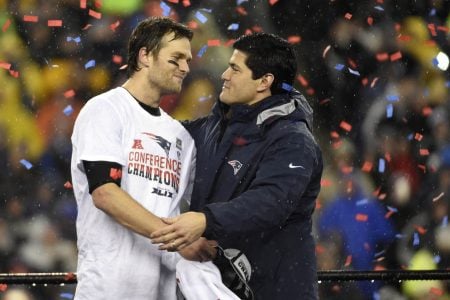- Joined
- Sep 13, 2004
- Messages
- 15,208
- Reaction score
- 12,977
Odds of getting a player of AAW of 34 and above with those picks:
1x #17: 51%
2x #38: 50%
3x #58: 57%
4x #71: 63%
5x #80: 49%
6x #86: 73%
7x #91: 67%
8x #95: 65%
9x #99: 76%
10x #101: 73%
This is awesome. But there's also a major problem: WHEN do you get that player of AAW, and when do you know you've got him? Realistically, the answer isn't always going to be during the rookie's first training camp -- and you only get to keep 53 players.
So it may be far more valuable to take the "4x #71: 63%" who you can actually keep on your roster than the "10x #101: 73%" and have to pick four of the ten out of camp.



















